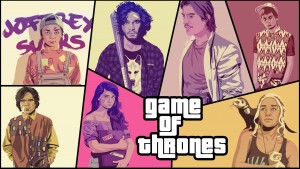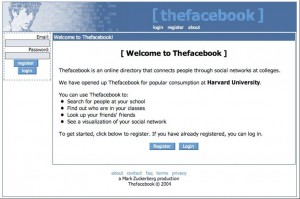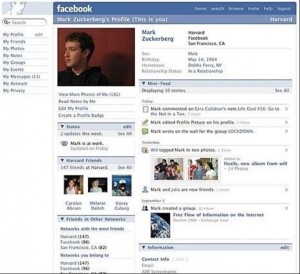Machines Are Becoming Too Intuitive/Intelligent (Wk 12)
During our final Lectorial of the semester, Dan Binns asked to respond to a prompt relating to the presentation on media materialism and what follows is my heavily paranoid response to the statement “Machines are becoming too intuitive/intelligent”
There has always been a fear of machines rooted in humanity since the introduction of technology, the knowledge that we could create the means of our own extinction. I believe this is humanity’s unstoppable ego at play, permeating even the end of life as we know it and blaming the root Earth’s destruction on ourselves. Yet I also see this ego as something that drives the fear that we could create something that is far superior to our own capabilities. This is why films such as Terminator, Ex-Machina, iRobot and Bladerunner depict their artificial intelligence as human figures because we must shape our successors with our likeness. I see two sides as to why these machines are depicted as humans. One is that it is an attempt to bring them down to our level, give them our physical limitations while their intelligence capabilities far outstrip our own. Yet there is also the mythological and godlike act of creating life in our image. It places the end of the world in the hands of humanity’s evolution, speeding up the process that took thousands of years to get us to the point where we could shape our own future. Humanity has the ingrained need and desire to know everything in existence; that is the basis of all science. In doing so, the need to create artificial intelligence and to make machines as smart as inhumanly possible becomes a driving force in furthering technology. The greatest achievement and end goal of evolving technology is for it to create itself, to sit back and marvel at humanity’s ingenuity while the machines do all the physical and mental work. The idea that machines are becoming too intuitive and intelligent can be demonstrated as easily as reaching into your pocket and pulling out your phone. It connects you with people closest to you, informs you of where you are, where you need to be and when to leave where you are in order to get where you need to be on time. Humanity is informed and connected through a device smarter than the person whose hand encloses it and as technology becomes smarter and smarter, the people who rely on it will depend on it for everything in their lives.
As a side note, and because I love films and we are speaking about artificial intelligence, here is a video by the YouTube channel CineFix Now attempting to explain the convoluted timeline of the Terminator movie franchise. Fair warning, it gets messy.









